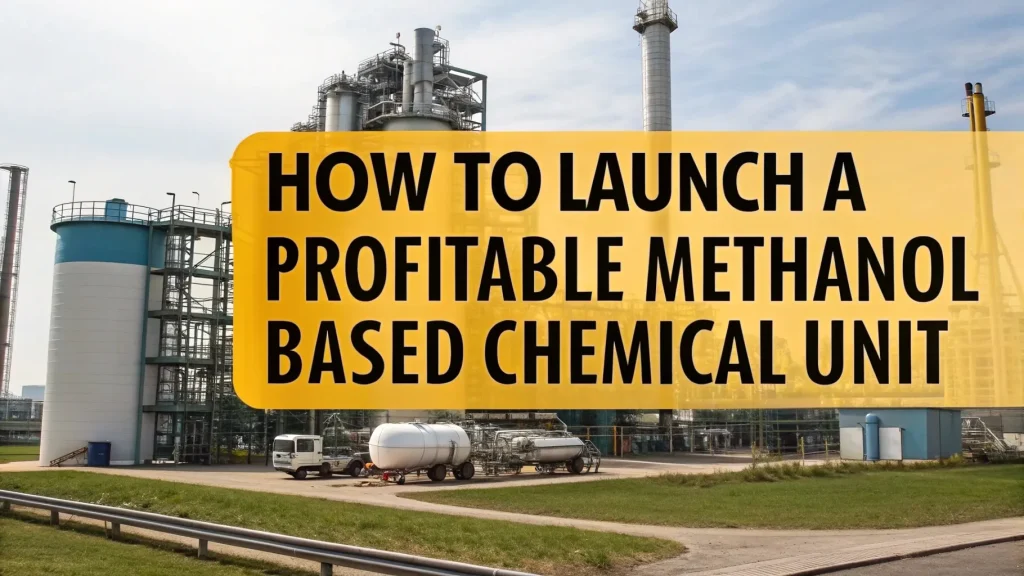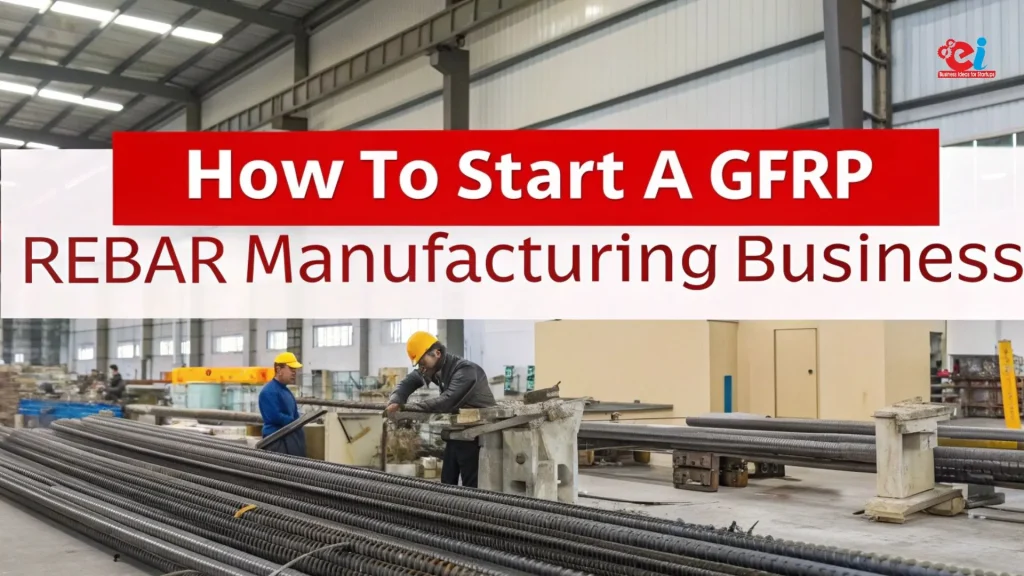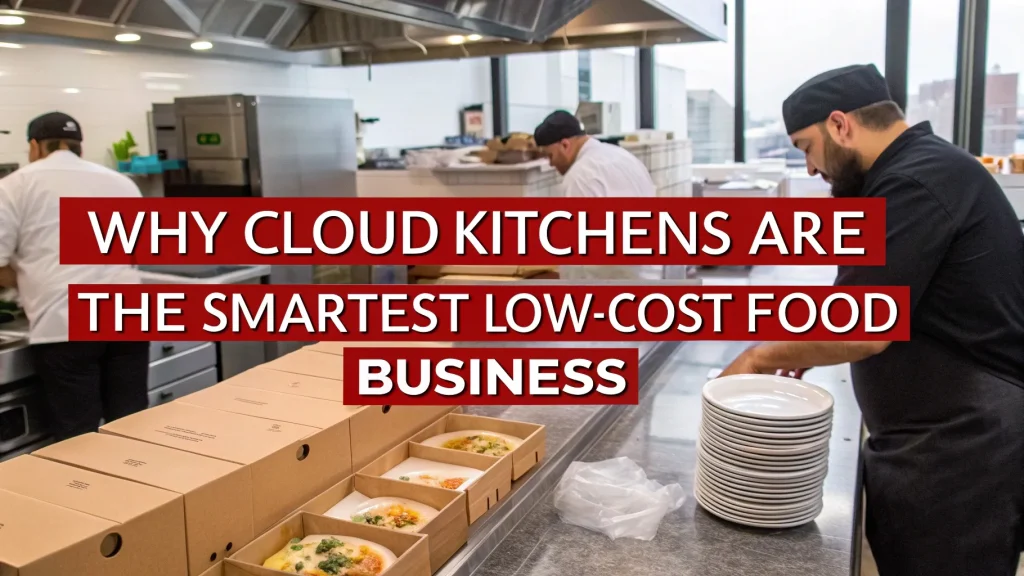In the rapidly evolving world of metallurgy and materials engineering, iron powder has emerged as an indispensable component across numerous industrial applications. One of the most efficient and cost-effective methods to produce iron powder is from mill scale scrap. Mill scale, a flaky by-product generated during the hot rolling of steel, was once considered waste. However, modern techniques have transformed this material into a valuable resource. As industries push towards sustainability and zero waste, converting mill scale into iron powder not only addresses environmental concerns but also reduces production costs and dependency on iron ore.
Converting Mill Scale Scrap into Valuable Iron Powder
The generation of mill scale happens naturally during steel production. It forms on the surface of steel billets and sheets during hot rolling and is composed mostly of iron oxides such as FeO, Fe?O?, and Fe?O?. This oxide layer flakes off and accumulates as waste. Traditionally discarded or sold cheaply, mill scale is now gaining attention as a raw material for producing iron powder, especially in powder metallurgy industries.
Composition and Characteristics of Mill Scale
Mill scale typically contains around 70% iron, making it an attractive alternative to iron ore for powder production. Its other constituents include silica, alumina, and traces of other metals, depending on the steel source. Because it’s already partially oxidized, processing mill scale to extract pure iron powder involves reducing these oxides back into metallic iron through controlled chemical reactions.
Process Overview: Iron Powder from Mill Scale
The manufacturing of iron powder from mill scale involves multiple steps, each crucial to the quality and purity of the final product.
1. Collection and Preparation
Mill scale is collected from steel plants, usually in bulk. It is then dried and crushed to uniform particle size to improve reaction efficiency. Magnetic separation may be used to remove non-ferrous contaminants.
2. Reduction Process
The most commonly used method to reduce mill scale is the hydrogen reduction or coal-based reduction process:
-
Hydrogen Reduction: In this process, mill scale is heated in a hydrogen-rich atmosphere at temperatures between 500°C and 900°C. The hydrogen reacts with iron oxides to form metallic iron and water vapor.
Fe2O3+3H2?2Fe+3H2OFe_2O_3 + 3H_2 ? 2Fe + 3H_2OFe2?O3?+3H2??2Fe+3H2?O -
Coal or Coke-Based Reduction: Here, finely ground mill scale is mixed with carbon (from coal or coke) and heated in a rotary kiln. The carbon reduces the iron oxides, forming sponge iron that is later ground into powder.
3. Cooling and Milling
After reduction, technicians cool the metallic iron (also called sponge iron) in a controlled environment to prevent re-oxidation. They then grind it into fine iron powder using ball mills or jet mills to meet the desired particle size specifications.
4. Sieving and Quality Control
Technicians sieve the final powder to remove oversized particles and ensure uniformity. They carry out rigorous quality control checks to test for purity, particle size distribution, and chemical composition, ensuring the iron powder meets industrial standards.
Applications of Iron Powder in Various Industries
The versatility of iron powder makes it a critical material in several industrial sectors:
1. Powder Metallurgy
One of the largest consumers of iron powder is the powder metallurgy sector. It is used to manufacture sintered components like gears, bearings, and bushings. These components are pressed into shape and sintered at high temperatures, offering excellent mechanical properties and material efficiency.
2. Soft Magnetic Components
Iron powder’s magnetic properties make it ideal for producing soft magnetic parts used in electromagnetic devices, transformers, and inductors.
3. Friction Materials
Brake pads and clutch plates often include iron powder to improve wear resistance and performance. Its controlled particle size ensures consistent frictional properties.
4. Chemical and Food Industries
In the chemical industry, iron powder acts as a reducing agent in several reactions. It’s also used in water treatment processes to remove contaminants. Surprisingly, fine-grade iron powder is added to food products to fortify them with iron, especially in developing countries.
5. Printing and Additive Manufacturing
The rise of 3D printing has led manufacturers to use iron-based powders in metal additive manufacturing processes like Binder Jetting and Selective Laser Melting, offering cost-effective solutions for prototyping and small batch production.
Environmental and Economic Benefits
Utilizing mill scale for iron powder production offers significant environmental and economic advantages:
- Waste Minimization: Converting a waste by-product into a valuable raw material reduces the burden on landfills and promotes circular economy principles.
- Lower Raw Material Costs: Mill scale is less expensive than iron ore, bringing down overall production costs.
- Energy Efficiency: Optimizing reduction processes lowers energy consumption compared to traditional smelting methods.
- Carbon Footprint Reduction: Avoiding full-scale ore mining and beneficiation reduces greenhouse gas emissions.
Market Trends and Future Potential
The global demand for iron powder is growing steadily due to increasing adoption of powder metallurgy and sustainable production methods. Countries like India, China, and the USA are leading producers, with several small and medium enterprises exploring mill scale-based production as a viable business model.
In India, the growing steel industry ensures a continuous supply of mill scale, while supportive government policies encourage recycling and sustainable manufacturing. Entrepreneurs can enter this market with moderate capital investment, focusing on technology partnerships and quality control to gain competitive advantage.
Moreover, research into improving the purity of iron powder and developing composite powders is driving innovation. For example, alloying iron with elements like copper or nickel during the powder stage can enhance mechanical properties for specific applications.
Challenges in Iron Powder Production from Mill Scale
Despite its benefits, challenges still remain to be addressed.
- Contamination Control: Mill scale often contains impurities that can affect the quality of the final iron powder. Advanced cleaning and separation techniques are essential.
- Process Optimization: Maintaining consistent temperature and reducing atmosphere is crucial for effective oxide reduction.
- Storage and Handling: Iron powder is highly reactive and needs careful storage to prevent oxidation and fire hazards.
Conclusion
Producing iron powder from mill scale scrap is a remarkable example of turning industrial waste into a valuable resource. With increasing emphasis on sustainability and cost-efficiency, this method offers a win-win solution for steel producers, powder manufacturers, and end-user industries. By adopting modern reduction techniques and adhering to stringent quality controls, manufacturers can produce high-quality iron suitable for diverse applications.
The shift towards environmentally responsible manufacturing will continue to boost the relevance of mill scale-derived iron in the global market. Entrepreneurs, manufacturers, and investors looking to enter the materials sector should consider this process not just for its profitability, but also for its contribution to a greener future.
Visit the page Select and Choose the Right Business Startup for You for sorting out the questions arising in your mind before starting any business and know which start-up you can plan. We, at NPCS, endeavor to make business selection a simple and convenient step for any entrepreneur/startup. Our expert team, by capitalizing on its dexterity and decade’s long experience in the field, has created a list of profitable ventures for entrepreneurs who wish to diversify or venture. We regularly update the list to give you a steady dose of new emerging opportunities.




